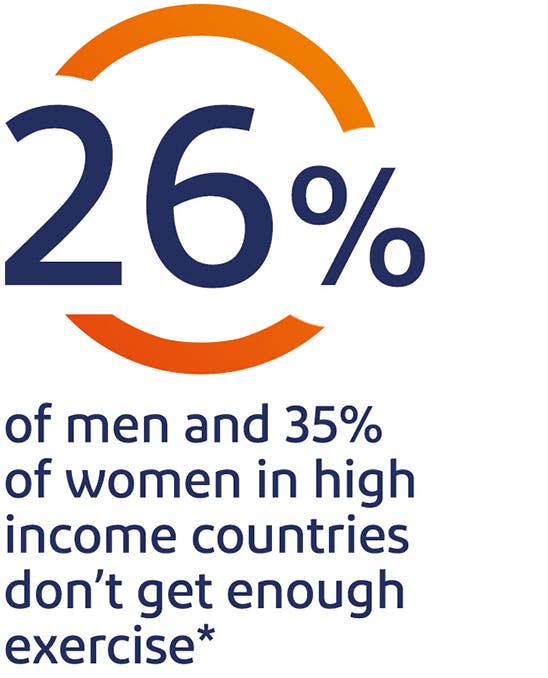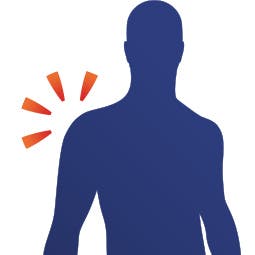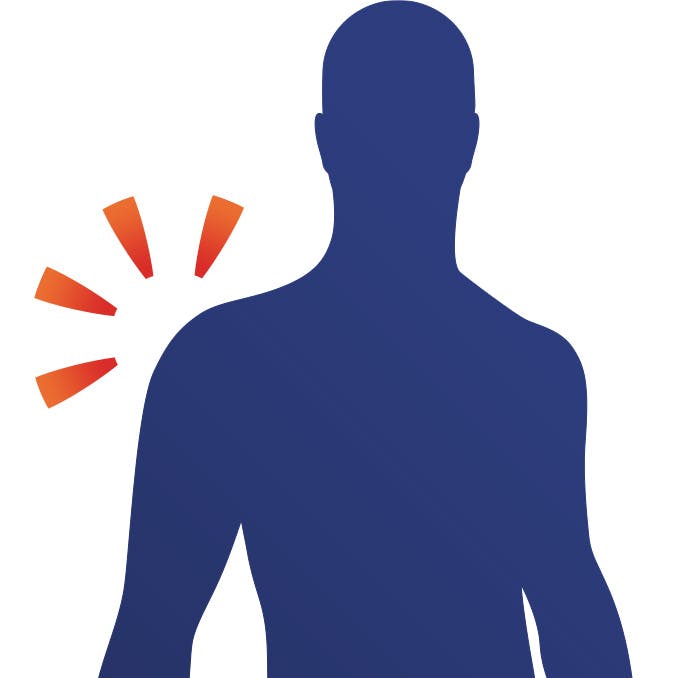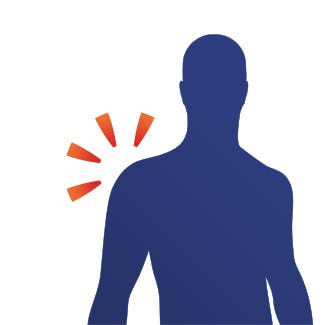Learn more about the benefits of exercise and how keeping fit can help you to stay healthy and relieve pain.
Why exercise is good for you
Sometimes it can be hard to keep active and exercise, but making that extra effort to get moving is really worthwhile. The recommended amount of exercise for anyone aged from 18 to over 65 is half an hour a day for at least five days a week – but this is a minimum guideline. For real health benefits, the time spent exercising should be doubled; the more exercise you do, the better it is for you.
To lower your cardiovascular risk (your risk of heart disease) and benefit your health, you need to be moving quickly enough to raise your heart rate, breathe faster and feel warmer (i.e. moderate exercise).
The benefits you get from exercise impact on both your physical and mental wellbeing. Research shows that physical activity can boost self-esteem, mood, sleep quality and energy, as well as reduce the risk of stress and depression. Exercise can help to strength your bones and muscles, which helps you to stay fit and healthy enough to get through your daily routine, such as working, doing the shopping, or playing with your children or grandchildren.
Trips and falls are a common cause of painful injury, particularly in older adults, but doing balance and muscle strengthening activities each week, along with moderate-intensity aerobic activity such as brisk walking, helps to reduce the risk of falling.

Did you know?
Adults should also do muscle-strengthening activities using major muscle groups, for example legs or arms, on two or more days a week.*
Exercising and osteoarthritis
Exercising is crucial for people with osteoarthritis (the most common type of arthritis), as it increases strength and flexibility, reduces joint pain and combats fatigue. It can reduce the risk of osteoarthritis and also help with weight loss, which has been proven to significantly decrease the risk of developing knee osteoarthritis. Exercising with joint pain may seem overwhelming, but moderate exercise can ease your pain and help you to maintain a healthy weight.
How to get started
Before starting a new exercise regime, have a talk with your doctor or exercise professional about what types of exercises and movements are best for you. This will help you to draw up an exercise plan that will provide you with the most benefits.

Every person and situation is different; therefore, the exercises should be customised according to your personal needs. For instance, if you sit in front of the computer all day and suffer from neck or back pain due to poor posture, you could incorporate stretches into your daily routine, as stretching stiff muscles helps with mobility. Or if it is painful to walk or run, you could try swimming or yoga, which might be kinder on painful joints.
Whatever you choose, remember that some exercise is better than none and the fitter you get, the better you should feel.
*WHO | Physical activity. 2016. WHO | Physical activity. [ONLINE] Available at: http://www.who.int/mediacentre/factsheets/fs385/en/. [Accessed 20 April 2016].
Learn more
Movements to ease back pain
Movement can be the best way to help ease your back pain. Here are some tips to help you keep active.
read moreLearn about your body and how it changes as you age
Find out how your body works, changes you may experience as you get older, and how to deal with age-related body pain.
*GSK Global Pain Index Research 2014 Report. Available: www.global-pain-index.com. Last accessed 20th April 2016.
Read More












